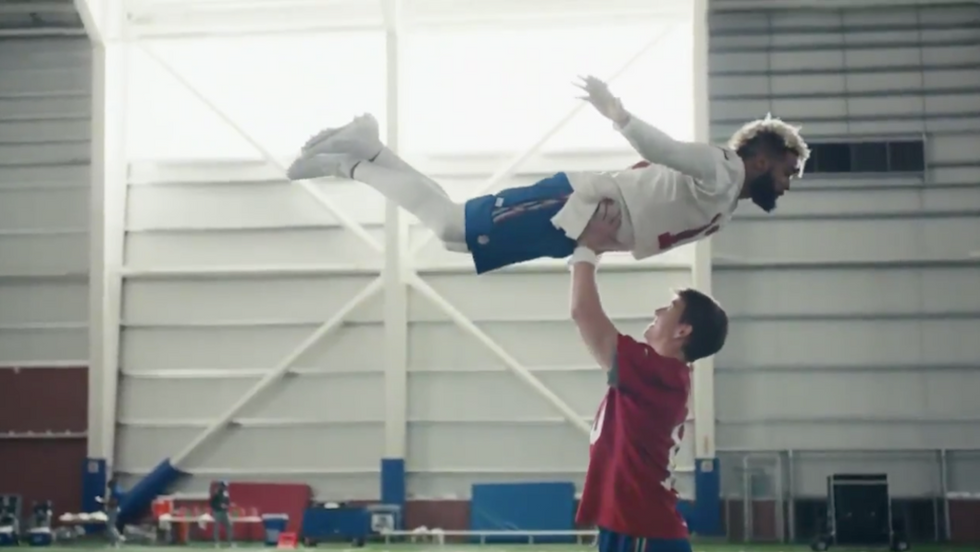There are three things discussed the night of the Super Bowl, the score, the halftime show, and the commercials. The Super Bowl sets the platform for the media to produce their best when it comes to product advertisement. Almost a battle to the death, companies spend millions of dollars to promote their products and teams. Normal commercials are a nuisance, but during the Super Bowl, they act as part of the entertainment, especially for those who don’t enjoy the football. With over 103.4 million people watching, what makes the most popular Super Bowl commercials so appealing?
Looking at 2018’s top commercials alone, there are quite a few trends that can be easily noticed. In almost all of these commercials, celebrities are indorsing the product. This choice has obvious motivations, celebrities are easily recognizable, and they give the product credibility when it comes to usefulness and popularity. One of the most praised commercials of the 2018 Super Bowl was for the Amazon Echo, featuring numerous celebrities like Gordon Ramsay, Cardi B, and Rebel Wilson. While it is clear that audiences value familiar faces from the Television screen, the appeal to humor is also strong among Super Bowl commercials. No one could have imagined a rap battle between Peter Dinklage and Morgan Freeman, but nonetheless, it made its way into a Dorito and Mountain Dew commercial.
Pop culture references often find their way into commercials, and Super Bowl advertisements are no exception. NFL’s endorsement video spotlights players imitating the final scene from “Dirty Dancing,” the famous 80’s classic. Comical and nostalgic, audiences can admire the willingness and teamwork that went into the video, and that goes into the sport as well. One of the newer concepts introduced this year was a sense of “meta” realism. Commercials acknowledging the fact that they are, indeed commercials. “Stranger Things,”
David Harbour does it all in this year’s Tide commercial, comically dramatizing commercials for beer, cars, jewelry, and the like. The strategy was to be realistic to the mainstream commercial and then comment on one similarity, clean clothes. Clean clothes which were obviously cleaned by Tide. “Is every commercial a Tide commercial?”
Whether the majority liked a commercial for the pop artist, the hilarious concepts, or the fact that it singled mainstream concepts, commercials can easily reflect the society they are selling products to. Olivia Hanewald, Pace University freshman, says, “The one common pattern in the commercials was that they were rich in celebrities. I think that right now, we like to be distracted by the lives of Hollywood.” This clear pattern does suggest that society values the opinions and endorsements of Hollywood as well as the music industry. In having a connection with their very public lives, viewers can have a more personal connection with the products they are endorsing.
While commercials are a tradition on Super Bowl Sundays, there is a possibility of a decline in their audience. With streaming services like Netflix and Hulu, viewers are unbothered by interruptive commercials when watching daytime cable. How will products be endorsed if cable is completely overrun by these services? With modern technology, ads may be incorporated more into streaming services, invading the safe space once known. Societal traditions like the Super Bowl force production companies to produce the best advertisements, spending millions of dollars in the process. These efforts are based from profit, thanks to the enormous number of viewers. Without the viewers, what will become of the future rap battles, dance montages, or every commercial that could possibly be a Tide commercial? We will have to wait and see.















